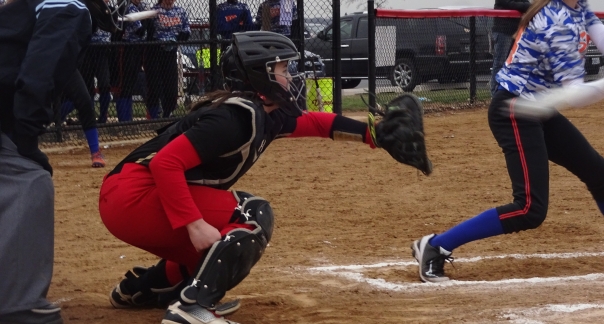Is Catcher Framing Worth It?

If there’s one thing you can count on, especially on the Internet, is if there is a prevailing opinion, sooner or later someone is going to offer a contrarian opinion. If nature abhors a vacuum, it’s also true that the Internet abhors agreement.
What made me think about it was a recent discussion I saw about the value of framing for catchers. For years now teaching catchers proper framing technique has been, as they say in the business world, industry best practice. A great deal of time and effort has been spent on determining the best way to receive a pitch to give it the best chance of being called a strike.
So naturally, the talk on discussion boards and Facebook groups is now turning to “framing doesn’t work and is a waste of time.”
Respectfully, I disagree. In my experience, when catchers learn to frame pitches properly they can help their pitchers immensely – if for no other reason than they’re not carrying the ball away from the plate and making the pitch look like an obvious ball.
Since I’m not tied to any one team or program, I get the opportunity to watch a lot of different teams play. Pitchers who throw to catchers who are good at framing tend to get more borderline strikes called than those who don’t.
Here’s one great example. This spring, thanks to another great Internet benefit, streaming video, I got to watch a student of mine catch several games, including some playoff games. This was strictly low-budget video – i.e., someone stuck a video camera up behind the plate, hit the button, and you could watch the game. No multi-camera moves, no chance of the point of view of the camera changing, no announcers to influence what I was seeing.
Quite frankly, I was a bit shocked by some of the strikes that were being called when my student, who is an excellent framer, was behind the plate. Pitches that looked outside to me (perhaps due to the camera angle) were getting called. Hitters were also a bit surprised so I don’t think it was all camera angle.
The proof, however, was what happened when the other team was in the field. The same pitches were being called balls. Same umpire, same camera angle, but different outcome.
(Who is this catcher you ask? I’m not alerting any umpires to the identify of this magician, but I’m sure she knows who she is. And no, that’s not her in the photo although this catcher is a darned good framer herself.)
You’ll see the same thing if you just stand in one place behind the backstop where a good framer is at work. Pitches that are being called balls for one team seem to be called strikes more often for the other.
Again, this doesn’t mean the umpires are bad. Far from it. It’s just that there are a lot of visual cues that go into making a call on a pitch speeding into you, and how the ball is received is one of them.
Of course, one of the things that makes for a great framer is NOT trying to make obvious balls look like strikes. That’s just insulting the umpire’s intelligence.
The key to framing is knowing not just how to do it but WHEN to do it. It’s also about being confident enough in your abilities that you don’t look like you’re trying to get away with something. Just stick it and move on.
The Internet is filled with free advice, and it’s worth the price. For my two cents, though, framing is a very worthwhile skill for a catcher to acquire and practice. Whether you want to believe it or not, it makes a difference.
Posted on August 16, 2019, in Catching and tagged framing, helping your pitcher, Internet experts, receiving properly, stealing strikes. Bookmark the permalink. Leave a comment.




Leave a comment
Comments 0